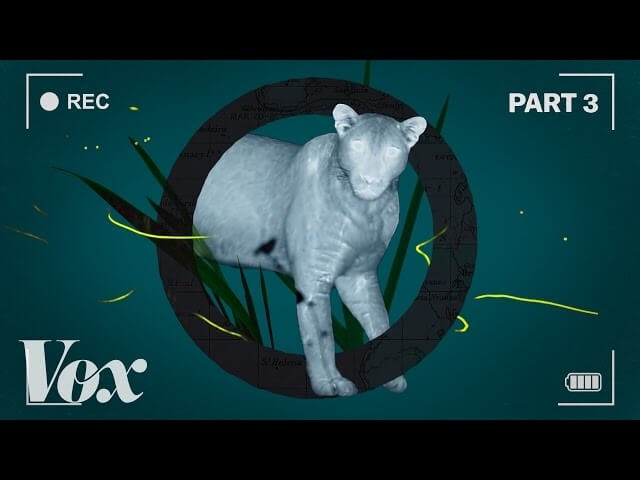Here’s why Planet Earth II looks so damn good

Planet Earth II is currently airing on BBC America, where it makes the far reaches of the natural world accessible to everyday viewers. And Vox just wrapped up a similarly fascinating webseries about the technology behind Planet Earth’s impressive wildlife footage. The third and final installment in the Vox series takes a look at how Planet Earth II is able to capture such impressive nighttime footage, offering a quick history lesson on how much nighttime wildlife photography has changed over the years.
Way back in the ancient days of 1984, BBC wildlife documentarians had to settle for using artificial light sources to film animals at night. But since shining a bright light directly at a nocturnal creature isn’t the best way to capture it in its natural state, the filmmakers were eager to come up with less obtrusive methods. The solution was twofold: 1) infrared cameras, which emit light outside the range humans and many animals can see, and 2) thermal cameras, which sense heat being emitted by animals. Coupled with other technological advancements, the nighttime images of Planet Earth II are some of the most detailed ever captured on film.
Vox’s companion series also features two more videos about the technology of Planet Earth II. The first examines the cinematic style of the documentary series, including its impressive, intimate tracking shots:
And the second focuses on the ways in which slow motion and timelapse allow the series to warp time and make fast motions accessible to the human eye: